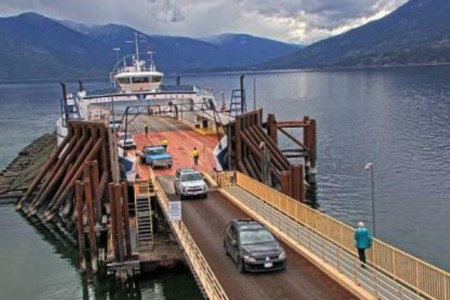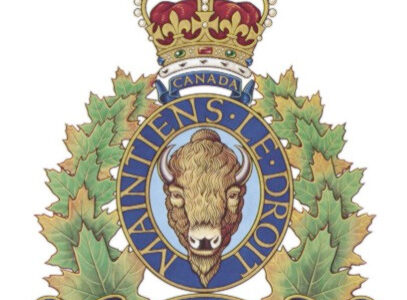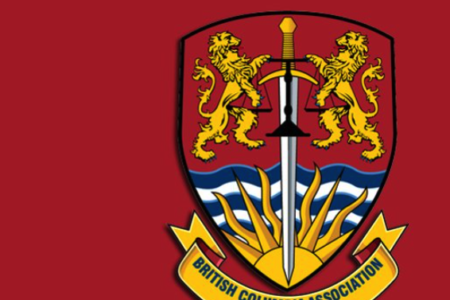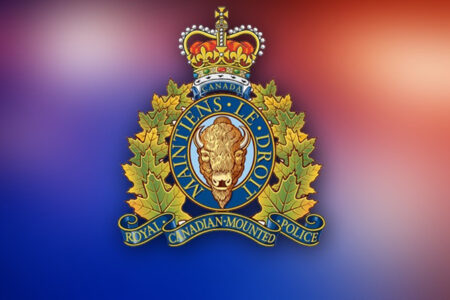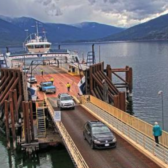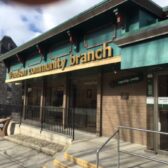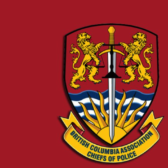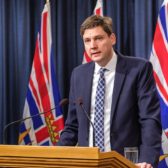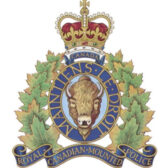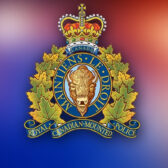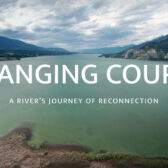The sharp blade of fentanyl slices close to the bone in the Heritage city: fire chief
The fentanyl crisis in B.C. has hit home in Nelson, and it’s only going to get worse, says the city’s fire chief.
Len MacCharles said there were 914 illicit drug overdose deaths from fentanyl detected in B.C. from January through September 2017.
This is a 147 per cent increase over the number of fentanyl-detected deaths (370) occurring during the same period in 2016.
“Certainly in Nelson we are seeing our fair share, if I can call it that, of overdoses,” he told city council recently during his annual report on fire services. “We know of at least two confirmed fatalities from Nelson during the past year.”
From June 1, 2016 to Aug. 31, 2017 a total of 64 suspected opioid — drugs derived from opium, including morphine itself — overdoses were reported by Kootenay Lake Hospital in Nelson (almost all were non-fatal).
In addition, Nelson Fire Rescue Services (NFRS) administered naloxone on four occasions in 2017, working with Emergency Health Services (EHS) numerous times to save patients, said MacCharles.
“As a side note we are seeing an increased number of discarded syringes around the city and they are being reported to NFRS and Public Works,” he said.
And the fentanyl crisis demands will continue to increase, MacCharles predicted.
“We will be seeing a triple increase in overdoses in the province (next year) and locally we are not too sure where to go, and we will have to respond to whatever takes place,” he said.
By the numbers
Fire service comprises nine per cent of the total city budget, said MacCharles, but it could go higher next year.
“I suspect that it might increase with respect to the arbitration that might be resolved, hopefully, sooner rather than later,” he said.
But the department generated almost $200,000 in revenue
“For fire departments that are known throughout the world as being non-revenue generating generally, we continue, as directed by the city manager, to look for ways to generate revenue,” he added/
As a result, around $144,000 came in from the RDCK for fire protection, with $15,626 from fire fee-for-services, $11,871 for fire hall answering service, $10,000 for UBCM grant and PEP recovery of $5,603 and $3,700 for banner and file search fees.
Over half of the calls for service fielded by NFRS this year were for medical first responders (as of Nov. 1), with 1,157 responses: 913 emergency calls, 64 public service calls, 394 total inspections and 143 hydro calls.
On safety side with inspections the department gave out three fire orders this year, two of which resulted in actual fines. Out of 425 inspections to-date, there were 45 fire code and bylaw violations.
The heat is on
The summer was a long, hot and dry season in which the city was surrounded by a number of fires and a lot of smoke, not unlike what the rest of the province experienced.
“Certainly these fires caused a lot of concern in the community,” said MacCharles.
When the Harrop Creek fire broke east of the city and spread rapidly it became hard to determine how close it was to Nelson, and particularly to the city’s Five Mile Creek water source.
With that fire growing so fast MacCharles contacted BC Wildfire to get a sense of the fire’s threat. He was given a fly over of the fire, and was able to communicate what he saw and tell people that it was not as severe as it had seemed at the outset.
“And it certainly lessened all of our concerns about the fire reaching our water supply of the city, for at least this year,” he said.
The department also had a few significant fires within city limits that, had they not been “action-ed” aggressively they would have had much more serious effects, said MacCharles.
One major outbreak along the CPR tracks toward the Beasley Bluffs — 10 km west of Nelson — in July was responded to very quickly.
“Because we knew if this fire were to jump the highway and make it up (the hill), it was going to make a very quick trip eastward toward the city of Nelson,” MacCharles said.
With some resources from Beasley and the regional district, and two helicopters — along with nine NFRS members, an engine, a water tender and two utility vehicle — they were able to knock the fire down in four hours.
Two weeks later a structure fire in the Bonnington area occurred and it was so close to the forest it could have erupted into an interface fire had it not been handled quickly by NFRS, said MacCharles.
Over 24 different small fires, everything from campfires and smouldering logs to grass fires and brush fires occurred right within the city this year.
“Again, we were very lucky that when they occurred there were no heavy winds or other conditions that might propagate the fire,” he said.




